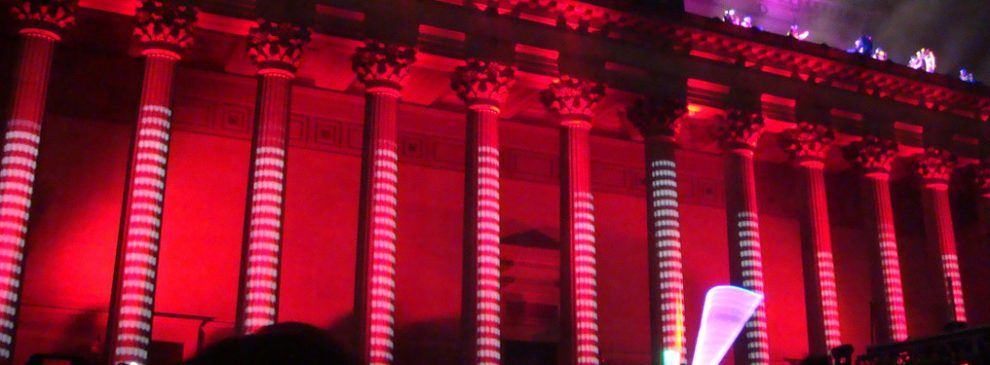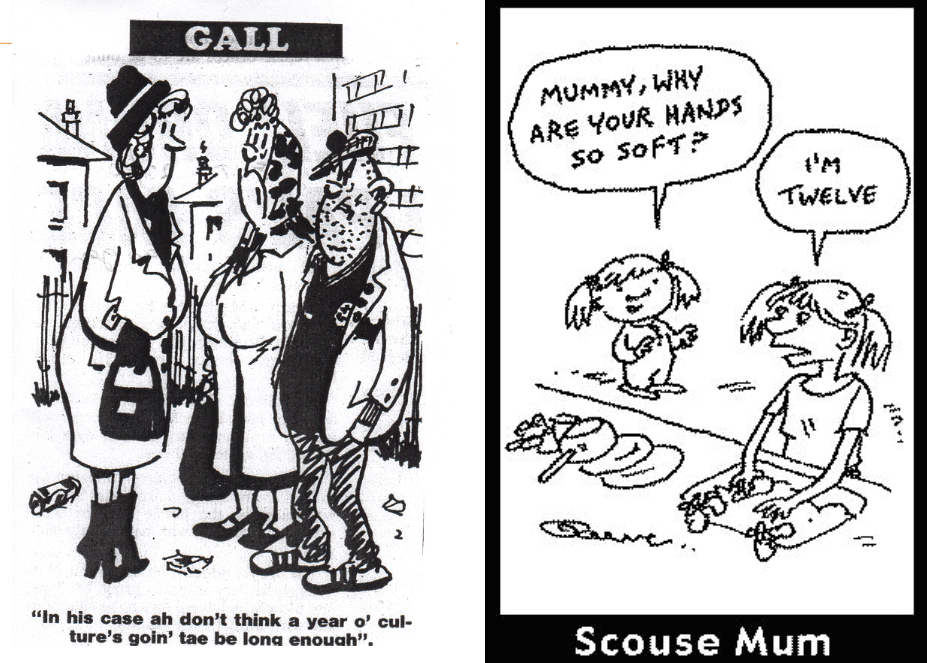Can major cultural events improve the image of cities?
Added on Tuesday, July 14th, 2015
One of the key claims about major cultural events is that they can transform the image of a city, leading to widespread social and economic benefits.
Underpinning that claim is the idea that increased and positive media coverage helps to boost the image of a city hosting an event, such as European Capital of Culture (ECoC). But there has been little tangible evidence to support this perception – hence my research.
Although media analysis on its own has limitations as a tool to capture the cultural value of ECoC and large-scale cultural events, the role of print, broadcast and digital media on shaping public opinion cannot be underestimated – as any savvy city marketing manager knows.
I focussed on how the media represented two high profile examples – Glasgow 1990 and Liverpool 2008, which took place in the early and later stages of the ECoC title. Both cities suffered from similar image problems and were ridden with widespread stereotyping.
We have to remember that Glasgow 1990 was staging its major event before marketing a city was commonplace. Over the next 18 years cities from Barcelona to Birmingham started to proactively market themselves as destinations, and media coverage of cultural events shifted – with a plethora of new digital communication channels opening up.
| ‘Prior to staging major cultural events, Glasgow and Liverpool both suffered from similar image problems and were ridden with widespread stereotyping.’ |
How pioneering Glasgow sparked a new cultural era
At the time of Glasgow 1990 it was a novelty to think of culture as having any economic value. The event set the foundations for how cultural events, and ECoC in particular, can regenerate a city – and it helped to shape discussions on urban cultural policy.
Sceptics doubted that a working class city like Glasgow could attract highbrow culture. One of the clearest findings in my research is that there were low expectations about what could be achieved, and this was reflected in the small amount of press coverage at the bidding stage in 1986. Some of the more negative press coverage pandered to old stereotypes.
It was the unexpectedness of Glasgow’s success that brought about a change both in public and media perceptions.
The city was a decade ahead of the rest of Europe in recognising the importance of ‘image management’. In fact it became the benchmark for future ECoCs and a recognised point of reference for any city embarking on a renaissance project.
Once the media picked up on the fact that Glasgow actually knew what it was doing, coverage increased and was largely either neutral or positive (as the first graph, below, shows). After the event, media coverage began to exceed pre ECoC levels, becoming predominantly positive from 1999 onwards as Glasgow was used as an exemplar of best practice in managing the connection between culture and regeneration (for evidence of which, see the second graph).
Press attitudes in coverage of Glasgow before and during event year, 1986-1990
Source: CCPR Cities & Culture Project Datasets (see Garcia 2004)
Press attitudes in coverage of Glasgow following event year, 1992-2003
Source: CCPR Cities & Culture Project Datasets (see Garcia 2004)
Liverpool’s convincing cultural story telling
By the time Liverpool had picked up the baton for 2008, there was much wider public and media understanding of ECoCs, and of cities as destinations and venues for big-scale cultural events.
That meant expectations were higher and telling a convincing story was harder. There was a switch from simply talking about the cultural events themselves to a focus on the economic impact on Liverpool. Governance was also in the media spotlight – how the event was being run and by whom – in a way that didn’t happen at Glasgow.
One of the most compelling messages of Liverpool 2008 was how the whole city ‘owned’ the event. Messages such as ‘it’s our time, it’s our place’ engaged local people and focused on the wider community benefits. The rise of social media meant that ordinary people could create their own stories, and show that culture didn’t have to be elitist. A surprise hit of Liverpool 2008 was the amazing popularity of the bright yellow Superlambbanana. Locals and visitors alike posted photographs online of the fun sculpture – a cross between a lamb and a banana – so it became a cultural phenomenon, elevating it to iconic status.
Organisers recognised that certain media can have incredible impact – and they achieved what I call the ‘New York Times ripple effect’. Coverage in the influential paper about holidays in the city and historic tales about immigrants leaving Liverpool for the Big Apple, helped the city’s cultural messages to cascade down through other media.
| ‘Liverpool recognised that certain media can have incredible impact. Coverage in the New York Times helped the city’s cultural messages to cascade down through other media.’ |
How cities can manage the media message
We are all much more media-savvy than we were in 1990. Most people are aware of what is a piece of PR spin or is linked to sponsorship. Social media has given diverse audiences new channels outside traditional media to share their stories and air their views.
At the same time, cities have much more sophisticated marketing machines than in the late 1980s and early 1990s. Any decent marketing manager knows that when it comes to communications there’s no one size fits all, and that their marketing plan must focus on how to reach many different audiences.
Based on my research, here are some of the tactics that organisers of cultural events can use to manage the media:
- Know your media – which publications will deliver to the audiences you’ve identified in your marketing plan –and recognise that some, such as The New York Times and The Guardian, will have the greatest national and international impact
- Ignore local media at your peril – they can be your fiercest critics. Stories in local papers about poor governance or criticism about lack of community involvement can quickly go viral via social media, and be picked up by influential national and international media. Nurture your relationships with local editors and reporters
- Make sure that you have real community engagement in the two to three years before a major event so that people know what’s going on and any significant changes in the city that might disrupt their lives. If communities are engaged early enough they are less likely to air complaints on Facebook or in local media
- Gaining coverage in prestigious international media makes local people proud of their city. Look for hooks such as historical links – as Liverpool did with New York – and play up the nostalgia angle
- Invite key cultural critics and arts journalists to the city before the event so that they can see the plans and meet local influencers
- Don’t forget the legacy effect – keep the momentum going in the media by encouraging journalists to use your city as reference point for good practice in organising and hosting cultural events.
Overall, my paper evidences how national and international media references to a city’s ‘success’ at culture-led regeneration are key to the repositioning of cities within leading policy circles and this, in turn, influences the way local communities feel and talk about their city.











